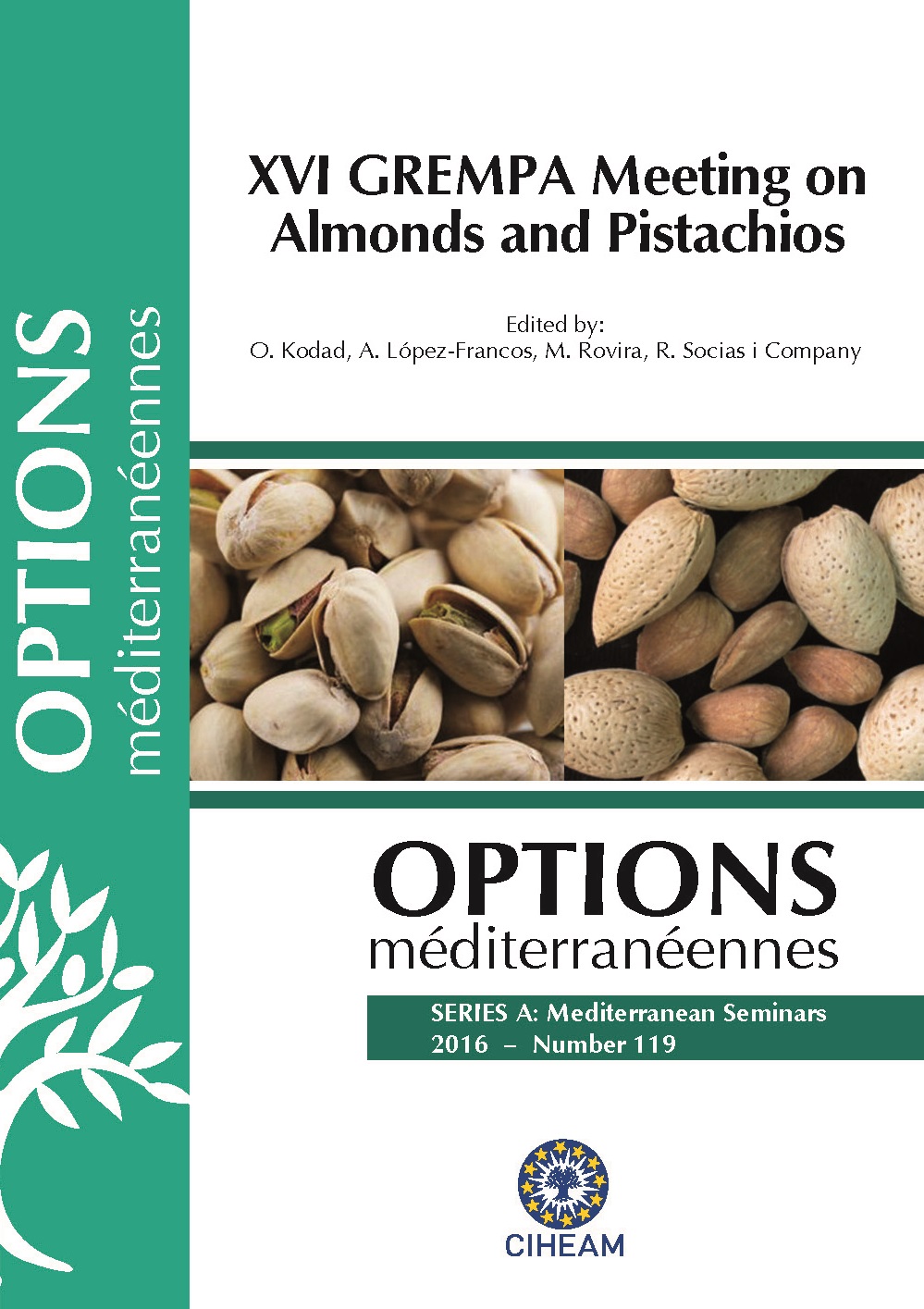| Article précédent | p. 267-271 | Article suivant |
Pistacia atlantica, a spontaneous hypermycotrophic phanerophyte: could be a natural tool to enhance the potential of mycorrhizal infectivity (PMI) of soils in arid regions?
In our drylands, spontaneous perennials species should be used to play the role of facilitator species in the success of plurispecific agro-ecosystems. It is the case of Atlas pistachio (the main spontaneous phanerophyte in Algerian pastoral steppe). The mycorrhizal status of this species could potentially increase the potential of mycorrhizal infectivity (PMI) of soils in drylands and benefit these poor soils by its rhizospheric effect. In Algeria, we have chosen for this study, two populations of Pistacia atlantica. The first one is located in semi-arid region (province of Médéa) and the other in hyper arid region (province of Béchar). We found that all the roots of the studied samples were infected by Arbuscular Mycorrhizal Fungi (AMF). Identification of their spores showed that Atlas pistachio is a hypermycotrophic species. At least we found 5 different species of Glomeromycetes in the first population (Médéa) and 3 different species in the second one (Béchar). It may be a reservoir of AMF propagules which will potentially infect cultivated species and thus will enhance their yields.
Dans nos zones arides, les espèces pérennes spontanées doivent être utilisées pour jouer le rôle d’espèces facilitatrices dans le succès des agroécosystèmes plurispécifiques. C’est le cas du pistachier de l’Atlas, espèce par excellence de la steppe pastorale algérienne. Le statut mycorhizien de cette essence est potentiellement prometteur pour augmenter le potentiel infectieux mycorhizogène (PIM) des sols arides et bénéficier de l’effet rhizosphérique sur ces sols indigents. En Algérie, nous avons choisi pour étude, deux populations situées, l’une en milieu semi-aride (Médéa) et l’autre en milieu hyperaride (Béchar). Nous avons constaté que toutes les racines des échantillons étudiées sont endomycorhizées par des Glomeromycètes. L’identification de leurs spores a montré que le pistachier de l’Atlas est une espèce hypermycotrophe (au moins : 5 espèces différentes chez la population en semi-aride et 3 espèces différentes chez celle en milieu hyperaride). Il pourra être un réservoir à propagules d’AMF qui s’associera potentiellement aux espèces cultivées et améliorera ainsi leurs rendements.
- [ Afficher ]
- [ Télécharger ]
- [ Exporter la citation ]
Vous pouvez télécharger la citation au format :
- [ Imprimer ]
-
Mots-clés
ALGERIE, PISTACIA ATLANTICA, RHIZOSPHERE, ZONE ARIDECiter cet article
Limane A., Smail-Saadoun N. Pistacia atlantica, a spontaneous hypermycotrophic phanerophyte: could be a natural tool to enhance the potential of mycorrhizal infectivity (PMI) of soils in arid regions?. In : Kodad O. (ed.), López-Francos A. (ed.), Rovira M. (ed.), Socias i Company R. (ed.). XVI GREMPA Meeting on Almonds and Pistachios. Zaragoza : CIHEAM, 2016. p. 267-271. (Options Méditerranéennes : Série A. Séminaires Méditerranéens; n. 119). 16. Meeting of GREMPA (Groupe de Recherches Méditerranéennes pour l\'Amandier et Pistachier / Mediterranean Research Group for Almond and Pistachio), 2015/05/12-14, Meknes (Morocco) . http://om.ciheam.org/om/pdf/a119/00007405.pdf



